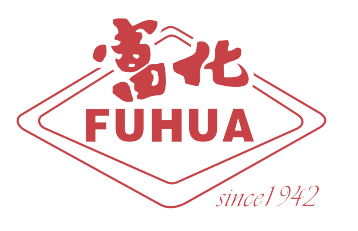Industrial sodium sulfide is a common chemical compound that is widely used in various industries, including the textile printing and dyeing sector. In this industry, sodium sulfide plays a crucial role in several processes, ranging from pretreatment to dyeing and finishing.
Pretreatment process
Pretreatment involves removing impurities and preparing the fabric for dyeing. Sodium sulfide is used as a reducing agent in this stage, helping to remove any metallic impurities present in the fabric. These impurities, such as iron and copper, can affect the dyeing process and result in undesirable color variations. Sodium sulfide effectively reacts with these metallic compounds, forming stable sulfides that can be easily removed through washing.
Sulfurizing agent
Industrial sodium sulfide helps to improve the dyeing properties of certain dyes. For example, sulfur dyes, which are commonly used for dyeing cotton and other cellulosic fibers, require sodium sulfide to develop their color. Sodium sulfide acts as a reducing agent, converting the water-insoluble dyes into soluble leuco forms. These leuco forms can then react with the fiber, resulting in the desired coloration. In addition, sodium sulfide also assists in the fixation of reactive dyes, enhancing their performance and colorfastness.
Finishing process
Finishing involves applying various chemicals to the fabric to improve its properties, such as softness, wrinkle resistance, and water repellency. Sodium sulfide is utilized in the production of sulfur-based softeners. These softeners, when applied to the fabric, react with the fiber surface to form a lubricating film, resulting in a smooth and soft feel. Sodium sulfide is a crucial component in the synthesis of these softeners, ensuring their effectiveness in providing the desired finishing effects.
Moreover, sodium sulfide finds applications in the removal of excess dyes and chemicals from the fabric. After dyeing, it is essential to remove any unreacted dyes, impurities, and excess chemicals to achieve the desired color fastness and overall quality. Sodium sulfide, as a reducing agent, helps in the reduction and removal of these unwanted substances from the fabric. It aids in the reduction of excess dyes, improving the colorfastness and reducing the risk of dye bleeding. Additionally, it assists in the removal of residual chemicals, such as oxidizing agents and alkaline substances, which may affect the fabric’s properties.
From pretreatment to dyeing and finishing processes, it serves various purposes, such as removing impurities, improving dyeing properties, enhancing colorfastness, and providing desired finishing effects. Its applications are diverse, making it an indispensable chemical compound in the textile industry. The use of sodium sulfide in this sector ensures the production of high-quality and vibrant textiles.

